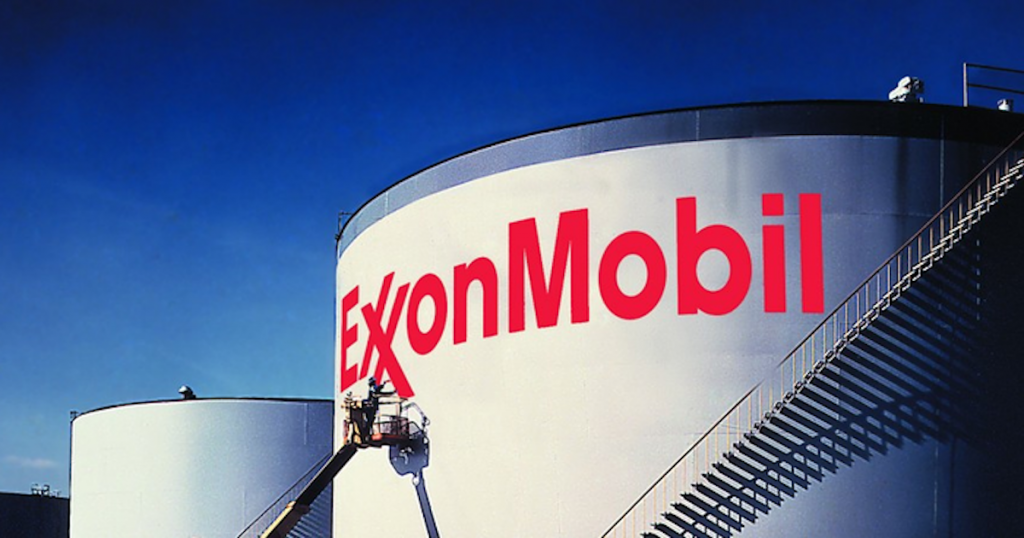[Written in partnership with Huobi, but the editorial team had full control over the content.]
When you hear the word Ethereum, the first few things that come to mind are cartoon monkeys, gas fees, and blockchain technology.
To those unaware, Ethereum is actually the name of the blockchain-based platform, which functions as a digital ledger that helps keep track of transactions.
Unlike Bitcoin, it does not intend to be an alternative to physical currencies like the Malaysian Ringgit, Singaporean dollar, and United States dollar. Instead, Ethereum’s currency, known as Ether (ETH), is used to interact with digital vending machines, which are known as “smart contracts”.
For instance, if you want to buy a car in real life, you will have to pay a car dealer fee, which is around 20% on top of the car’s actual price. However, with Ethereum, you’re paying directly to the “car vending machine” so that it dispenses you a new car, essentially cutting out the middleman.
Ethereum’s Big Problem
Since its inception on July 30, 2015, Ethereum has grown in popularity due to its multitude of applications across several key areas, including finance, arts, gaming, technology and more.
There had been issues where transactions took longer to validate as too many of them were happening at the same time. Moreover, gas fee prices started to escalate rapidly due to increased demand.

For example, the Ethereum blockchain platform ran into congestion issues when a decentralised application called Cryptokitties was introduced in 2017. The game took the crypto industry by storm, accounting for around 10% of the total transactions on Ethereum, increasing gas fee prices at that time.
Due to the constant network congestion problems, many people in the crypto space opted to use other blockchain platforms instead, due to lower gas fees and network congestion.
The solution
To alleviate the transaction congestion problems mentioned above, Ethereum 2.0 (ETH2.0) was developed to address the shortcomings of Ethereum 1.0 (ETH1.0). To elaborate further, ETH1.0 can only achieve up to 45 TPS, while ETH2.0 is expected to achieve up to 100,000 TPS.
Not only that, but by switching from a Proof of Work (PoW) to a Proof of State (PoS) consensus protocol for confirming transactions, the Ethereum Foundation claims that ETH2.0 will use up to 99.95% less energy when compared to its predecessor.
With that in mind, mining on ETH2.0 will have a much smaller environmental impact than mining on ETH1.0.
In addition to what was mentioned, another way to address the congestion problem is by using Layer 2 scaling solutions such as Optimistic (OP) Rollup and Zero Knowledge (ZK) Rollup.

Based on research done by Huobi, both Layer 2 scaling solutions can achieve significantly higher TPS. Unfortunately, they are not without their drawbacks.
Withdrawing funds from the OP Rollup scaling solution will take exactly 1 week, while withdrawing from ZK Rollup takes only several minutes. Another thing is that the latter can conduct 10 times more transactions at once, while having lower gas fees than OP Rollup.
While it may sound like ZK Rollup is the better solution, it is much harder to implement, and it’s not compatible with most decentralised applications. This is why 70% of the Layer 2 market opted to adopt OP Rollup instead.

Why zkEVM will change everything
A new solution is currently being developed called the Zero Knowledge Ethereum Virtual Machine, or zkEVM. This has the benefits of both ZK Rollup and OP Rollup, such as having high TPS, fast withdrawal time, and compatibility with current EVMs.
Using a new algorithm called “Plonk Zero Knowledge Proof”, zkEVM can produce proofs significantly faster, while utilising less computation resources and storage. As a result, the chances of the Ethereum network encountering network congestion will be much smaller.
But how does it benefit the average user? For one, low computational resource consumption equates to significantly lower gas fees for the user to pay. Secondly, if you need to make a withdrawal, there is no need to wait for a week for the withdrawal to be approved.
Because the solution is also more efficient, network congestion is less likely to happen. Having said all that, the Ethereum blockchain could once again be an attractive platform for exchanging crypto assets for most users.
zkEVM can be implemented in 1 of 2 ways

At the time of this writing, there are 2 main strategies when it comes to developing a zkEVM solution. The first strategy is to develop a solution that fully supports existing EVM opcodes, in order to ensure maximum compatibility with existing development tools and ecosystems.
The second strategy, on the other hand, involves developing a new EVM, allowing it more flexibility as it would not have to adhere to the constraints of existing opcodes. Because it is made completely from scratch, adapting it to existing systems needs a little more work.
While both the strategies mentioned function slightly differently from one another, their goals are fundamentally the same.
Currently, organisations like Hermez and zkSync 2.0 are developing zkEVM that utilises the first strategy, while AppliedZKP focuses on the second strategy instead.
As zkEVM is still in active development, we can expect more strategies to pop up in the near future.
Lessons learnt from developing zkEVM could be adapted to other cryptocurrency platforms
The zkEVM has the potential to completely revolutionise the Ethereum blockchain platform, giving users and developers more options to work with. The research and lessons learnt could be used to benefit other similar blockchain platforms as well.
Huobi stated that development for Layer 2 scaling solutions will not stop there, as there will always be a way to make the blockchain platform more efficient.
- Learn more about blockchain technologies here.
Featured Image Credit: Matter Labs















